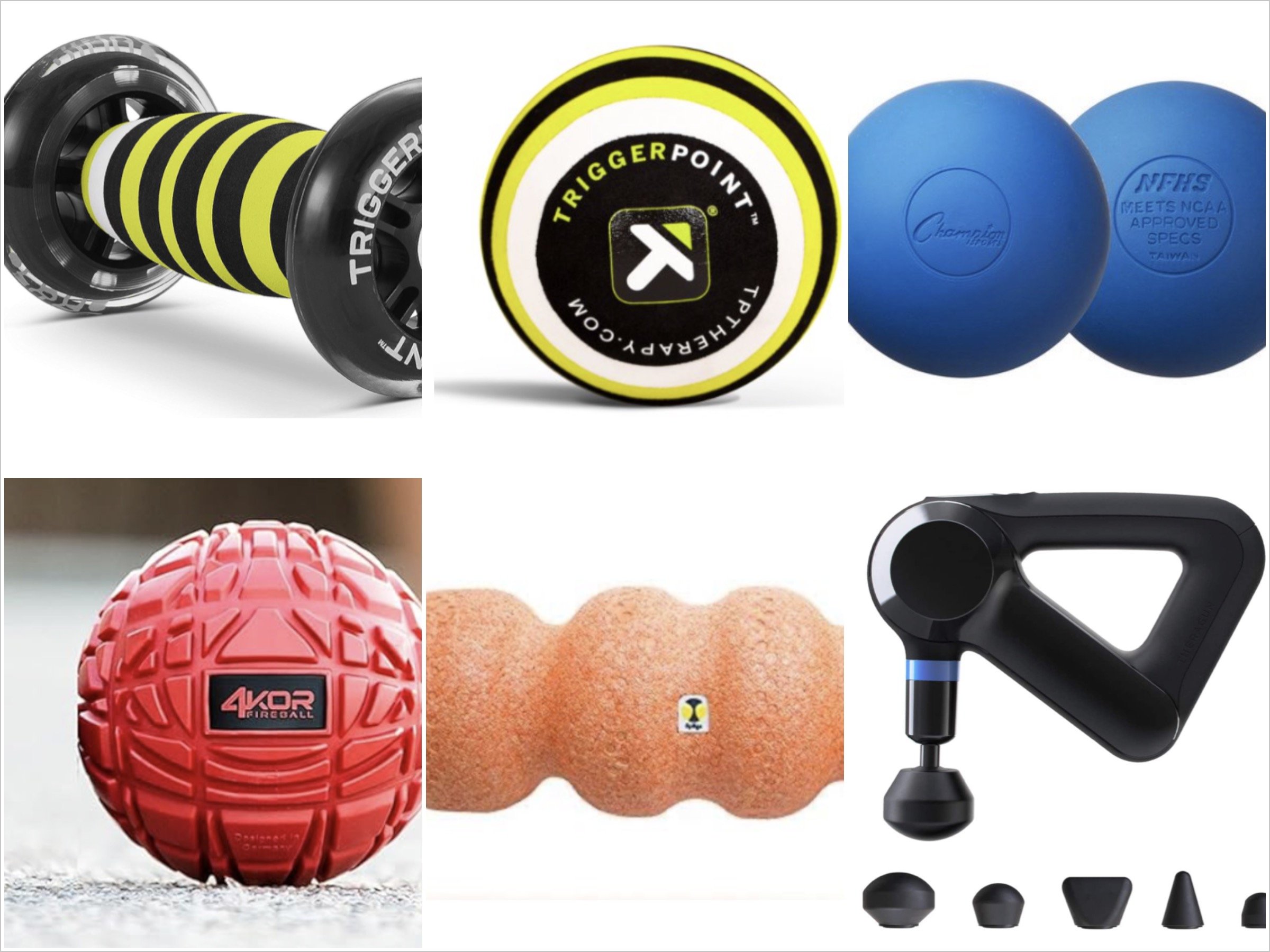Foam Rolling & Self Myofascial Release, What is it and Who is it For?
Foam Rolling is a flexibility technique that is termed self-myofascial release (SMR), which is simply self-induced massaging of your muscles and fascia using a foam roller or other massage tools. In the late 90’s, Dr. Micheal Clark and the National Academy of Sports Medicine (N.A.S.M) were the one’s to bring foam rolling to the forefront, teaching trainers and coaches how they can help correct imbalances, decrease over active tissues, restore joint range of motion and address chronic injuries and pain with the Corrective Exercise Continuum that began with an inhibitory technique such as foam rolling.
"The practical significance of using a foam roller to perform soft tissue work is that by holding pressure on tender areas of tissue for a sustained period of time (30-60 sec.), trigger point activity can be diminished. This will then allow the application of a stretching or lengthening technique such as static stretching to increase the muscles extensibility, reset the muscle's length and provide optimal length-tension relationships. With optimal length-tension relationships, subsequent use of corrective activation and integrating strengthening exercises will ensure an increase in muscular coordination, endurance strength and optimal force couple relationships (muscles working together) will produce proper joint mechanics (arthrokinematics). Collectively, these processes enable the human movement system to re-establish neuromuscular efficiency." (N.A.S.M)
Benefits of Foam Rolling & SMR
Alleviate the side effects of active or latent trigger points
Decrease muscle & joint pain
Aid in recovery from hard workouts
lengthen tissues and increase flexibility
Assist in correcting imbalances
Decrease activity in overactive tissues
Increase joint range of motion
Provide optimal length-tensions relationships
Poor posture, repetitive movements, pain and injuries opens up the opportunity for developing imbalances and compensations, which leads to trigger points developing (small sensitive areas of shortened tissue), altering joint motion do to the change of resting length / tension of those muscle tissues. Thus, changing the behavior of the way they interact with certain movement patterns, leading to increased irritation, causing other muscles to compensate by doing more work because of the weakness or tightness (synergistic dominance). This will lead down a very painful path of constant pain and injury for the athlete or those in search of general fitness and overall wellness.
Any inflammatory response by the body, activates the body's pain receptors, which initiates a protective mechanism in the form of increased muscle tension, causing muscle spasms. These spasms will eventually begin to form adhesions (knots & trigger points) in the soft tissue. Once knots or trigger points form, that muscle or muscles will become weak and inelastic (unable to stretch), with reduced strength and endurance, increasing the chance of an injury, both major and minor. This is called the Cumulative Injury Cycle.
In today's society, we are sitting more than ever and this is seriously compromising our postural integrity and levels of fitness. Simply sitting for much of the day, our hip flexors become short, quadricep muscles become tight, our shoulders start to round, while our head starts to protrude forward. This creates changes in standing posture and gait (walking) that can further cause injury or chronic pain, keeping us further away from activity and a healthy lifestyle.
To see how foam rolling can improve your flexibility and joint mobility; take a 1 foot (12 inches) length of rope, place 2 knots anywhere along the rope, what's the length of that rope now? It’s definitely shorter, maybe 10 inches. This is exactly what happens to a muscle that has been exposed to any tissue trauma caused by an injury, poor mechanics or simply sitting much of the day. By applying pressure to these knots (adhesions, trigger-points) and massaging the over active tissues with a foam roller or other form of massage, you will begin to bring those tissues back to their original resting length.
However, these benefits can be short lived, unless the proper corrective flexibility and exercises are followed, progressing to an integrated strength & conditioning plan that fully address the underlying cause of your pain and injuries. This is leads us to the Corrective Exercise Continuum.
To figure this all out, you will need to be taking through a movement assessment and screen to identify imbalances, compensations, limitations, as well as strengths. This can be performed by an NASM Corrective Exercise Specialist or a coach that is FMS Certified. In addition to the screen, you will also have a Q&A to complete so the coach or trainer has a complete picture.
A simple tool such as the foam roller can do wonders for anyone experiencing joint pain, muscular discomfort or is trying to bounce back from an injury that seems to keep showing its ugly face time and time again. The beauty of a foam roller or massage tool is that it is available to you whenever you want. You can have one at home, at the office and most gyms today have them available. To learn more about foam rolling and SMR techniques, check out our articles below.






